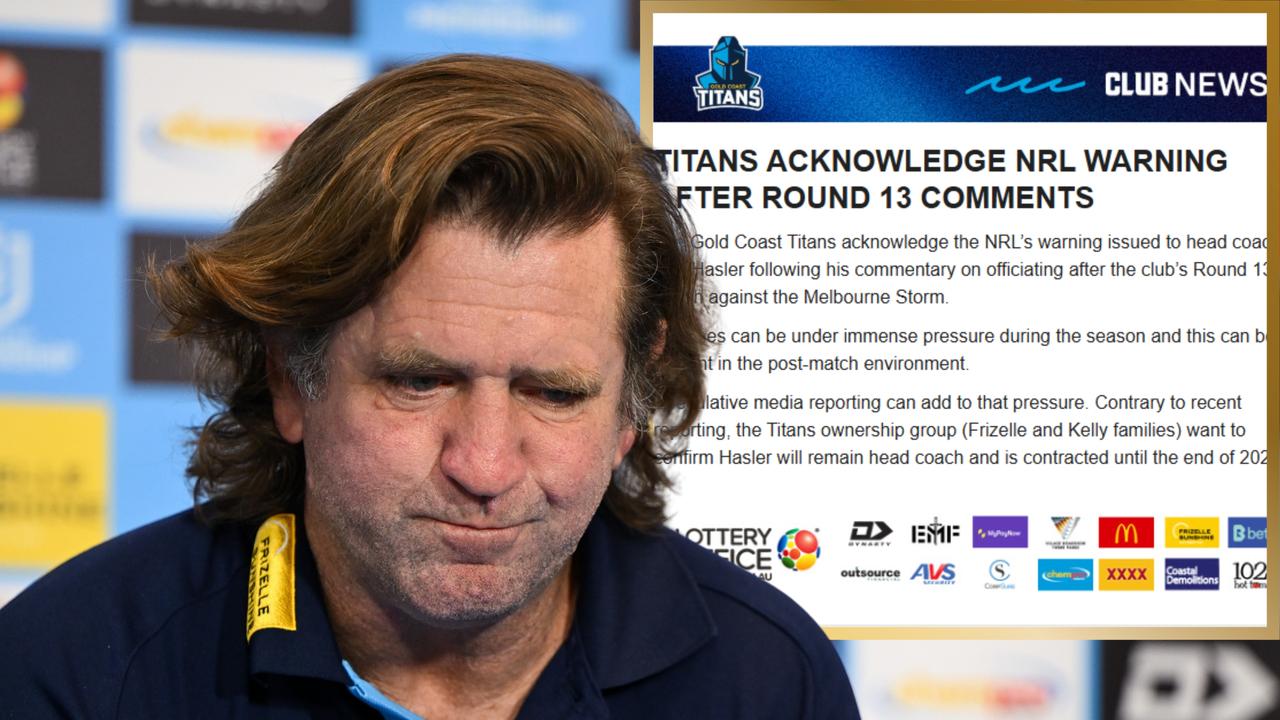NRL must reduce interchange to bring footy back, reduce injuries
The desire of NRL coaches to control the game means play is slowed at every opportunity to stop players getting tired. But that is robbing the game of it’s very best attributes and it’s star players, writes PAUL KENT.
Thankfully football intelligence is transferable.
The smartest comment made in rugby league lately came on Tuesday, from former Melbourne Demon David Schwarz, who also happened to be talking about AFL.
“At the moment there’s too much strategy,” Schwarz said on Macquarie Sports Radio.
“There’s too much chess manoeuvring, and the coaches are too smart for the development of the game.”
Schwarz’s complaint is identical to the same affliction that is leading to the slow destruction of rugby league.
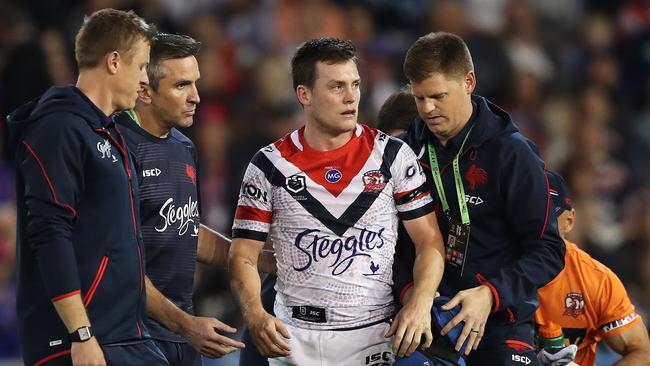
Coaches are too smart for the development of the game. Have been for a long time.
The moment the referees figure out what coaches are doing to promote the wrestle, for instance, the coaches have already moved on.
Other methods are also employed to artificially slow the game to prevent fatigue.
Players now hold committee meetings before a penalty tap, argue with referees at every penalty because it buys a few seconds more rest, walk to scrums they no longer have to work hard in, a trip to the sin bin has all the pace of a Sunday walk.
And when that is not enough, send on the waterboy for a drink they don’t need.
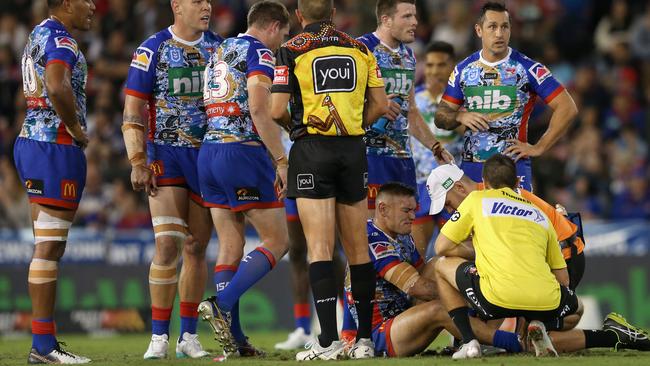
For reasons nobody can explain, referees tolerate it.
The reason is simple but all-encompassing: coaches do not like tired players.
Tired players miss tackles, make poor defensive reads and fail to cover inside shoulders because the legs are weary. They drop simple balls and run the wrong line and fail to count numbers on the short side.
Coaches don’t like control being in the hands of the players so every opportunity is exploited to slow the game down and give their players a rest.
The NRL has acknowledged the time-wasting by finding artificial ways to quicken the game, like time clocks at scrums and dropouts, without addressing the actual problem.
Put the referees back in control, blow the whistle, and don’t treat the game like fatigue is a dirty word.
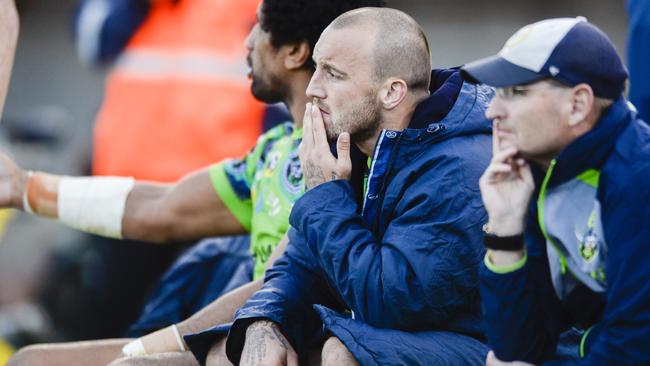
The solution is the same in the NRL as it is in AFL.
“If you want to bring the game back to what it used to be,” Schwarz told Macquarie, “just limit the interchange. Let the players get tired and they’ve got to play football.”
The first code that recognises it is off to a flying start against the other.
Coaches have hijacked the game and the NRL does not even understand it has happened so, in their great wisdom, they come up with half-pregnant solutions.
Time clocks and tolerance.
A reduction in interchange, from eight to six, and eventually to four, brings the footy back to the football and the chess game disappears.
Suddenly, instinct and not systems will become the new currency.
If that is not enough a reduction in interchange has another, hidden, benefit.
To protect themselves against tired players coaches have invented this argument around player welfare.
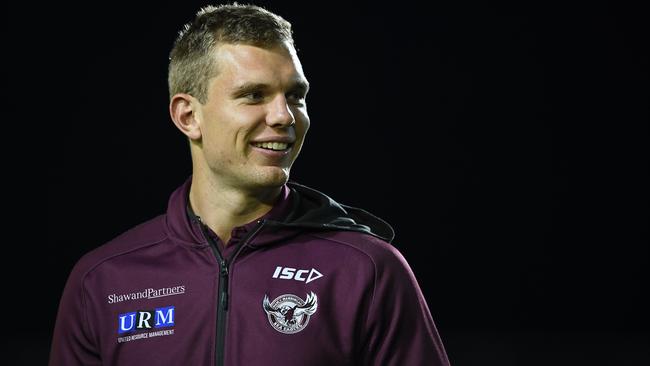
Last round, the NRL lost nine top flight players to injury. They join the 57 players sidelined last round through injury.
Luke Keary will be sidelined five to six weeks with another concussion. Mitch Pearce aggravated a groin strain.
Adam Reynolds failed to see out his game, a teammate crashing into his leg while they wrestled the ballrunner to the ground.
Waqa Blake did a medial cruciate ligament, eight to 10 weeks. Matt Scott failed to finish against Canberra after busting his shoulder.
Danny Levi is out eight weeks with a high ankle sprain. Canberra’s most important player, Josh Hodgson, broke his thumb, eight weeks. Brad Parker broke his jaw, four to six weeks.
Moses Mbye strained his groin, the extended Origin break gifting him time to be fit for Queensland.
All except Parker are rep players.
As the NRL’s home and away rounds labour through Origin this weekend the game will be missing some of its biggest stars: Tom Trbojevic, Alex Johnston, Hodgson, Jordan Rapana, Joey Leilua, Te Maire Martin, Michael Gordon, Nathan Peats, Ryan James …
Several years back the AFL, again leading the way, looked at its extended data base of injuries and agreed that rather than fresher players leading to less injuries, the line long pushed in the NRL, it was actually contributing to injuries.
More interchange meant fresher players, which meant more high impact injuries. Nobody has properly addressed the disparity that happens when freshened players come up against fatigued players.
When the NRL dropped interchanges from 10 to eight it went from 1018 games missed through injury in 2015 to 813 in 2017, a 20 per cent reduction.
It raises a simple question: why wouldn’t the game want its stars on the field for longer periods of time?


